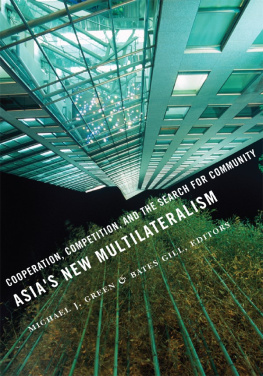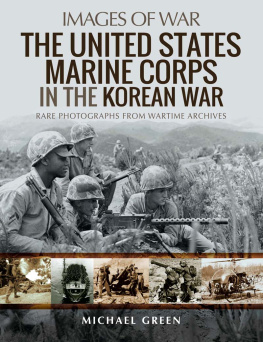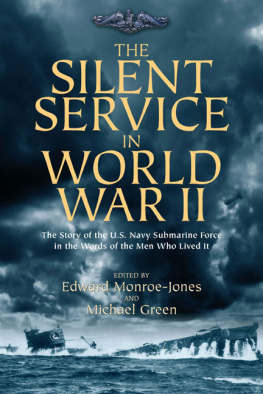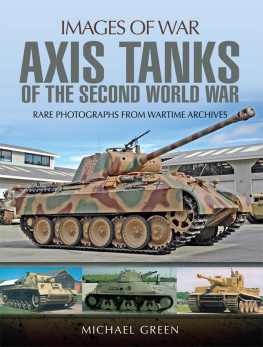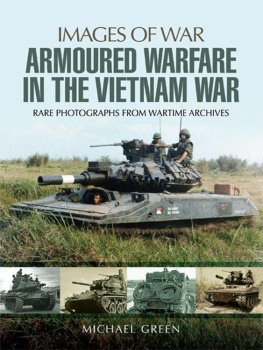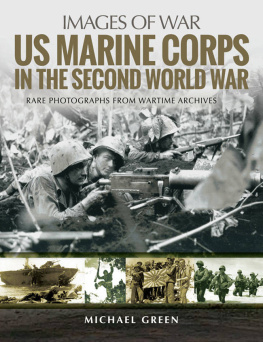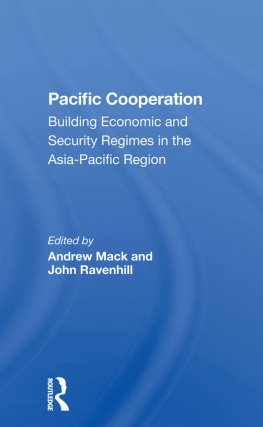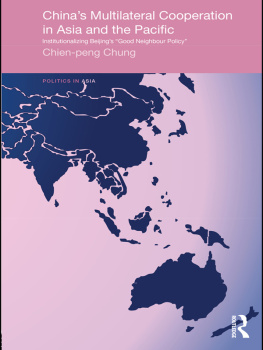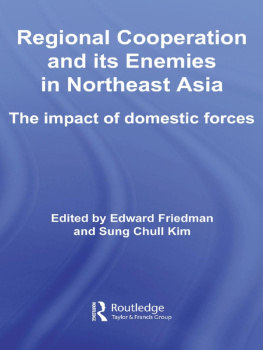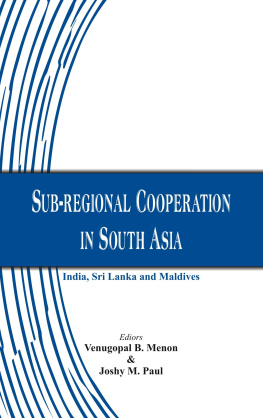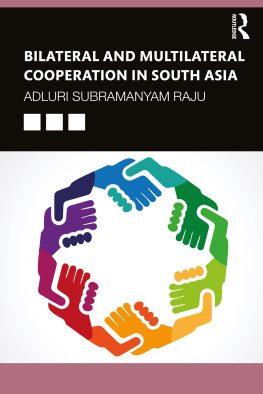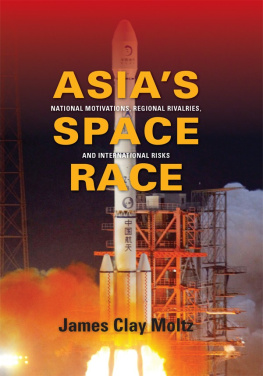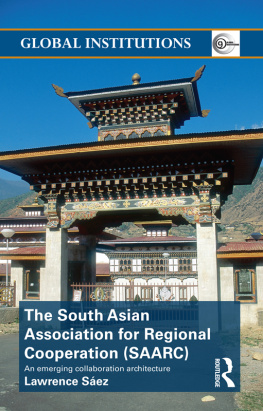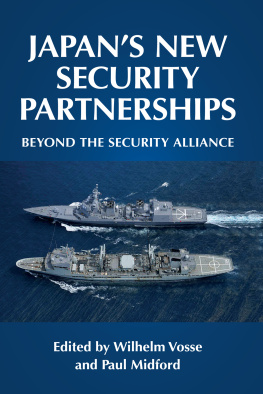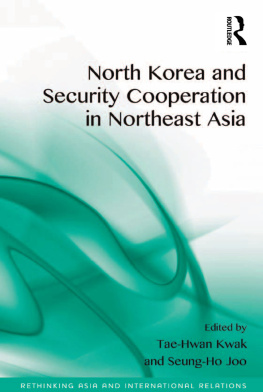Asias New Multilateralism
Asias New Multilateralism
COOPERATION, COMPETITION, AND
THE SEARCH FOR COMMUNITY
Edited by Michael J. Green and Bates Gill
COLUMBIA UNIVERSITY PRESS
NEW YORK
Columbia University Press
Publishers Since 1893
New York Chichester, West Sussex
cup.columbia.edu
Copyright 2009 Michael J. Green and Bates Gill
All rights reserved
E-ISBN 978-0-231-51341-8
Library of Congress Cata loging-in-Publication Data
Asias new multilateralism: cooperation, competition, and the search for
community/edited by Michael J. Green and Bates Gill.
p. cm.
Includes bibliographical references and index.
ISBN 978-0-231-14442-1 (cloth: alk. paper)
ISBN 978-0-231-14443-8 (pbk.: alk. paper)
ISBN 978-0-231-51341-8 (e-book)
1. Asian cooperation. 2. AsiaForeign relations. I. Green, Michael J.
II. Gill, Bates.
JZ1720.A75 2009
327.5dc22 2008030820
A Columbia University Press E-book.
CUP would be pleased to hear about your reading experience with this e-book at .
References to Internet Web sites (URLs) were accurate at the time of writing. Neither the editors and contributors nor Columbia University Press is responsible for URLs that may have expired or changed since the manuscript was prepared.
CONTENTS
3. Chinese Perspectives on Building an East Asian
Community in the Twenty-first Century
8. The Strong in the World of the Weak:
Southeast Asia in Asias Regional Architecture
9. Emerging Economic Architecture in Asia:
Opening or Insulating the Region?
10. Norms and Regional Architecture:
Multilateral Institution Building in Asia and
Its Impact on Governance and Democracy
12. Nontraditional Security and Multilateralism in Asia:
Reshaping the Contours of Regional Security Architecture
13. Challenges to Building an Effective Asia-Pacific
Security Architecture
Each of us has been grappling with the question of Asias emerging multilateralism for well more than a decade as a matter of both policy and scholarship. In 2006, we decided it was time for a rigorous analysis of exactly what is happening in the region and what the prospects for multilateral cooperation really are. We approached the Stanley Foundation because of its previous work on multilateral security concepts and were fortunate to receive its full support for this project. We began by organizing a conference in St. Michaels, Mary land, in November 2006 with leading experts from the region. The chapter authors in this volume produced excellent first drafts for that meeting, and we also benefited from the insights of nine other practitioners and scholars: Ellen Frost, Kazumasa Kusaka, Evan Medeiros, Derek Mitchell, Dan Rosen, Susan Sim, Hitoshi Tanaka, and observers James Green and Sugio Takahashi. We appreciate the hard work our authors and all the participants did at St. Michaels and especially thank Michael Schiffer at the Stanley Foundation for his support and intellectual partnership, which made the early stages of this book possible. We also benefited from two detailed and encouraging outside reviews and thank the anonymous scholars who took the time to conduct their thorough critique for Columbia University Press. Thanks also are due to our wonderful editor at Columbia University Press, Anne Routon, and to Annie Barva for her meticulous editing of the final draft.
At the Center for Strategic and International Studies, this project was shepherded by research associate Yuko Nakano, without whom we would never have finished. Our research and logistics team also included Akiko Pace, David Fedman, Yuhei Komatsu, and Fujihiko Hayashi, as well as Ashley Calkins of the Stanley Foundation. We also thank Chin-hao Huang at the Stockholm International Peace Research Institute for his research assistance.
We do not expect Asia to arrive at a neat multilateral architecture anytime soon, but we believe this book will provide a framework for understanding the fluid and often competitive process of institution building in Asia as it unfolds in the years ahead.
| ABF | Asian Bond Fund |
| ABMI | Asian Bond Market Initiative |
| ACCORD | ASEAN and China Cooperative Operations in Response to Dangerous Drugs |
| AFTA | ASEAN Free Trade Area |
| APEC | Asia-Pacific Economic Cooperation |
| APPCDC | Asia-Pacific Partnership on Clean Development and Climate |
| APT | ASEAN Plus Three |
| ARF | ASEAN Regional Forum |
| ASEAN | Association of Southeast Asian Nations |
| BIMSTEC | Bay of Bengal Initiative for Multi-Sectoral Technical and Economic Cooperation |
| CEPEA | Comprehensive Economic Partnership in East Asia |
| CMI | Chiang Mai Initiative |
| CSCE | Conference on Security and Cooperation in Europe |
| EAEC | East Asia Economic Caucus |
| EAFTA | East Asian Free Trade Agreement |
| EAS | East Asia Summit |
| EAVG | East Asia Vision Group |
| EIDHR | European Initiative for the Development of Human Rights |
| EMEAP | Executives Meeting of East Asia Pacific Central Banks |
| EPA | economic partnership agreement |
| EPG | Eminent Persons Group |
| ERIA | Economic Research Institute for ASEAN and East Asia |
| FTA | free-trade agreement |
| FTAAP | Free Trade Area of the Asia-Pacific |
| GATS | General Agreement on Trade in Services |
| GATT | General Agreement on Tariffs and Trade |
| ICC | International Criminal Court |
| IMF | International Monetary Fund |
| IPR | intellectual property rights |
| KEDO | Korean Energy Development Organization |
| MFN | most-favored nation |
| NAFTA | North American Free Trade Agreement |
| NATO | North Atlantic Treaty Organization |
| NGO | nongovernmental organization |
| NPT | Nuclear Non-Proliferation Treaty |
| NTS | nontraditional security |
| OSCE | Organization for Security and Cooperation in Europe |
| PBEC | Pacific Basin Economic Council |
| PECC | Pacific Economic Cooperation Council |
| PMC | Post-Ministerial Conference |
| PSI | Proliferation Security Initiative |
| SAARC | South Asian Association for Regional Cooperation |
| SARS | severe acute respiratory syndrome |
| SCO | Shanghai Cooperation Organization |
| SEATO | Southeast Asia Treaty Organization |
| TAC | Treaty of Amity and Cooperation |
| TSD | Trilateral Security Dialogue |
| UNSC | United Nations Security Council |
| USAID | U.S. Agency for International Development |
| WHO | World Health Organization |
| WMD | weapons of mass destruction |
| WTO | World Trade Organization |
| ZOPFAN | Zone of Peace, Friendship, and Neutrality |
The sweeping arc of Asiafrom the Indian Ocean to the Bering Straits and from Tashkent to Tasmaniastands out as the worlds most dynamic region. Unprecedented economic and political forces powerfully shift the regions relationships large and small, from the rise of China and India to the emergence of new democracies. New transnational challengesfinancial crises, environmental disasters, infectious disease outbreaks, the impact of globalization, terrorist networksdefy old notions of sovereignty. At the same time, traditional rivalries and emergent confrontations between regional powers raise the specter of past conflicts.

